The Stranger by Billy Joel
Buy The Stranger There is a bit of irony in The Stranger being our selection as Album of the Year for 1977. Don’t get me wrong, this is a great album by Billy Joel. […]

Buy The Stranger There is a bit of irony in The Stranger being our selection as Album of the Year for 1977. Don’t get me wrong, this is a great album by Billy Joel. […]
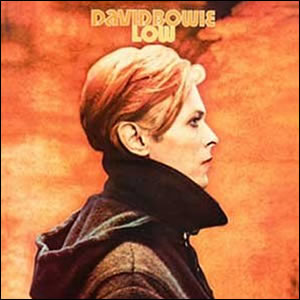
Buy Low Low was a 1977 breakthrough album by David Bowie, which contained avant-garde tracks rich with experimental synthesizers and unique compositional approaches. The album was co-produced by Bowie and Tony Visconti and […]
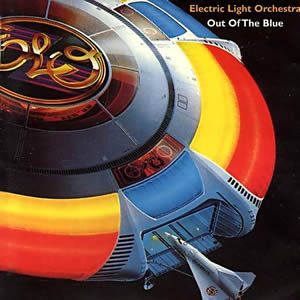
Buy Out of the Blue Out Of the Blue was the seventh album by Electric Light Orchestra (ELO), which began its life in the Swiss Alps after the band wrapped up it’s New […]
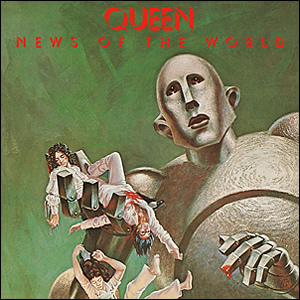
Buy News Of the World News Of the World was recorded and released in the heart of Queen’s most prolific and creative era and may be the band’s most balanced album. It bridges […]
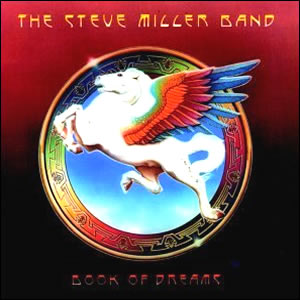
Buy Book of Dreams Steve Miller forged his reputation as a Chicago blues man, immersing himself in that scene during the 1960s and playing with the likes of Muddy Waters, Howlin’ Wolf, Buddy […]
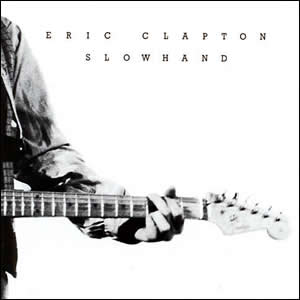
Buy Slowhand 1977’s Slowhand was the pinnacle of Eric Clapton’s pop-rock phase during the late seventies, fusing well-crafted rockers, ballads, alt country, and blues numbers. The album came a few years into Clapton’s […]

Buy Bat Out of Hell Although credited as a solo album by Meat Loaf, the blockbuster album Bat Out of Hell was actually forged through a collaboration of three people – Meat Loaf […]
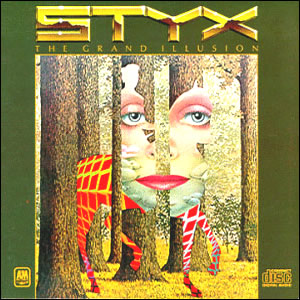
Buy The Grand Illusion Although it was seventh overall studio album for the band, The Grand Illusion was the second album from Styx to head towards a more radio-friendly direction. The Chicago based […]